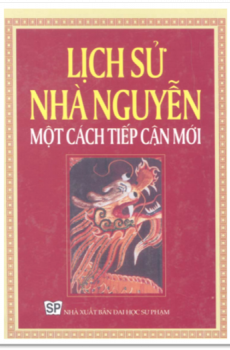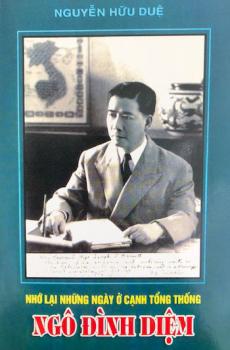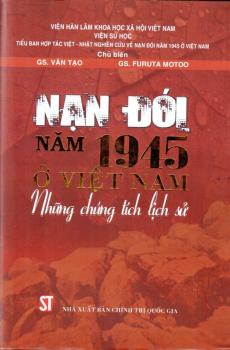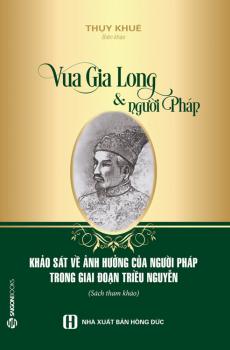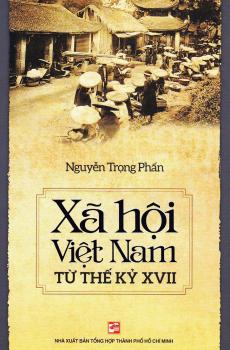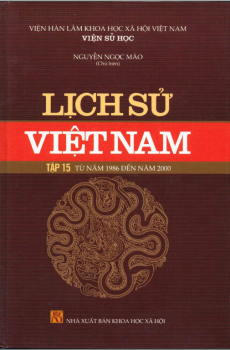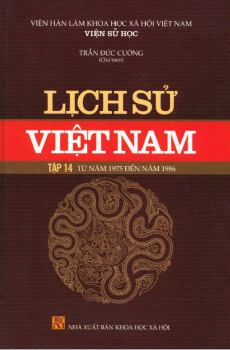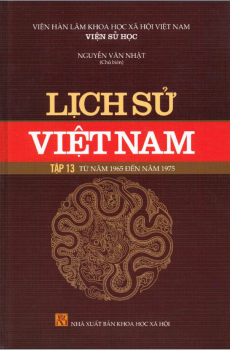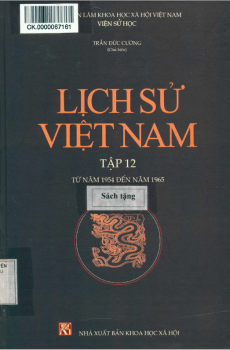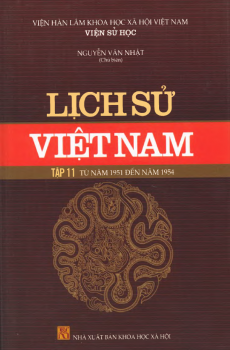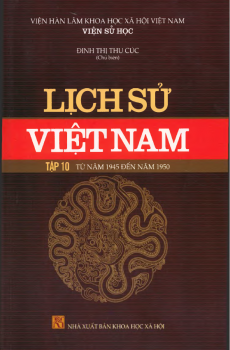A Short History of the United States
A Short History of the United States
Log in to download this book.
| Publisher | unknown |
|---|---|
| Accessible book producer | Public domain |
| Published year | 2004 |
| Coppy right | Chưa rõ |
*** START OF THIS PROJECT GUTENBERG EBOOK HISTORY OF THE U.S. ***
Produced by Juliet Sutherland, Keren Vergon, Charlie Kirschner and
the Online Distributed Proofreading Team.
[Illustration: ABRAHAM LINCOLN.]
"Our children shall behold his fame,
The kindly-earnest, brave, foreseeing man,
Sagacious, patient, dreading praise, not blame,
New birth of our new soil, the first American."
--LOWELL.
A SHORT HISTORY
OF
THE UNITED STATES
FOR SCHOOL USE
BY
EDWARD CHANNING
PROFESSOR OF HISTORY IN HARVARD UNIVERSITY
AUTHOR OF "A STUDENTS' HISTORY OF THE UNITED STATES," ETC.
WITH MAPS AND ILLUSTRATIONS
1908
PREFACE
The aim of this little book is to tell in a simple and concise form the story of the founding and development of the United States. The study of the history of one's own country is a serious matter, and should be entered upon by the text-book writer, by the teacher, and by the pupil in a serious spirit, even to a greater extent than the study of language or of arithmetic. No effort has been made, therefore, to make out of this text-book a story book. It is a text-book pure and simple, and should be used as a text-book, to be studied diligently by the pupil and expounded carefully by the teacher.
Most of the pupils who use this book will never have another opportunity to study the history and institutions of their own country. It is highly desirable that they should use their time in studying the real history of the United States and not in learning by heart a mass of anecdotes,--often of very slight importance, and more often based on very insecure foundations. The author of this text-book, therefore, has boldly ventured to omit most of the traditional matter which is usually supposed to give life to a text-book and to inspire a "love of history,"--which too often means only a love of being amused. For instance, descriptions of the formation of the Constitution and of the struggle over the extension of slavery here occupy the space usually given to the adventures of Captain John Smith and to accounts of the institutions of the Red Men. The small number of pages available for the period before 1760 has necessitated the omission of "pictures of colonial life," which cannot be briefly and at the same time accurately described. These and similar matters can easily be studied by the pupils in their topical work in such books as Higginson's Young Folks' History, Eggleston's United States and its People, and McMaster's School History. References to these books and to a limited number of other works have been given in the margins of this text-book. These citations also mention a few of the more accessible sources, which should be used solely for purposes of illustration.
It is the custom in many schools to spread the study of American history over two years, and to devote the first year to a detailed study of the period before 1760. This is a very bad arrangement. In the first place, it gives an undue emphasis to the colonial period; in the second place, as many pupils never return to school, they never have an opportunity to study the later period at all; in the third place, it prevents those pupils who complete this study from gaining an intelligent view of the development of the American people. And, finally, most of the time the second year is spent in the study of the Revolutionary War and of the War for the Union. A better way would be to go over the whole book the first year with some parallel reading, and the second year to review the book and study with greater care important episodes, as the making of the Constitution, the struggle for freedom in the territories, and the War for the Union. Attention may also be given the second year to a study of industrial history since 1790 and to the elements of civil government. It is the author's earnest hope that teachers will regard the early chapters as introductory.
Miss Annie Bliss Chapman, for many years a successful teacher of history in grammar schools, has kindly provided a limited number of suggestive questions, and has also made many excellent suggestions to teachers. These are all appended to the several divisions of the work. The author has added a few questions and a few suggestions of his own. He has also altered some of Miss Chapman's questions. Whatever there is commendable in this apparatus should be credited to Miss Chapman. Acknowledgments are also due to Miss Beulah Marie Dix for very many admirable suggestions as to language and form. The author will cordially welcome criticisms and suggestions from any one, especially from teachers, and will be very glad to receive notice of any errors.
CAMBRIDGE,
March 29, 1900.
TABLE OF CONTENTS
I
DISCOVERY AND EXPLORATION, 1000-1600.
1. The European Discovery of America.
2. Spanish and French Pioneers in the United States.
3. Pioneers of England.
II
COLONIZATION, 1600-1660.
4. French Colonists, Missionaries, and Explorers.
5. Virginia and Maryland.
6. New England.
7. New Netherland and New Sweden.
III
A CENTURY OF COLONIAL HISTORY, 1660-1760.
8. The Colonies under Charles II.
9. Colonial Development, 1688-1760.
10. Expulsion of the French.
IV
COLONIAL UNION, 1760-1774.
11. Britain's Colonial System.
12. Taxation without Representation.
13. Revolution impending.
V
THE WAR OF INDEPENDENCE, 1775-1783.
14. Bunker Hill to Trenton.
15. The Great Declaration and the French Alliance.
16. Independence.
VI
THE CRITICAL PERIOD, 1783-1789.
17. The Confederation, 1783-1787.
18. Making of the Constitution, 1787-1789.
VII
THE FEDERALIST SUPREMACY, 1789-1801.
19. Organization of the Government.
20. Rise of Political Parties.
21. The Last Federalist Administration.
VIII
THE JEFFERSONIAN REPUBLICANS, 1801-1812.
22. The United States in 1800.
23. Jefferson's Administrations.
24. Causes of the War of 1812.
IX
WAR AND PEACE, 1812-1829.
25. The Second War of Independence, 1812-1815.
26. The Era of Good Feeling, 1815-1824.
27. New Parties and New Policies, 1824-1829.
X
THE NATIONAL DEMOCRACY, 1829-1844.
28. The American People in 1830.
29. The Reign of Andrew Jackson, 1829-1837.
30. Democrats and Whigs, 1837-1844.
XI
SLAVERY IN THE TERRITORIES, 1844-1859.
31. Beginning of the Antislavery Agitation.
32. The Mexican War.
33. The Compromise of 1850.
34. The Struggle for Kansas.
XII
SECESSION, 1860-1861.
35. The United States in 1860.
36. Secession, 1860-1861.
XIII
THE WAR FOR THE UNION, 1861-1865.
37. The Rising of the Peoples, 1861.
38. Bull Run to Murfreesboro', 1861-1862.
39. The Emancipation Proclamation.
40. The Year 1863.
41. The End of the War, 1864-1865.
XIV
RECONSTRUCTION AND REUNION, 1865-1869.
42. President Johnson and Reconstruction, 1865-1869.
43. From Grant to Cleveland, 1869-1889.
XV
NATIONAL DEVELOPMENT, 1889-1900.
44. Confusion in Politics.
45. The Spanish War.



